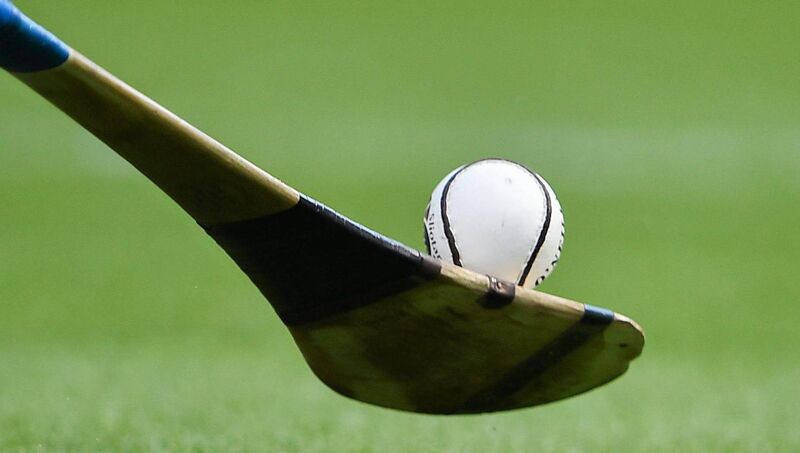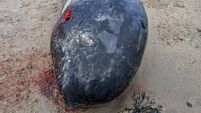GAA teams up with Dublin university to create the hurley and sliotar of the future

Dublin City University are creating a fully-funded PhD position on the integration of research around hurley and sliotar performance. Which will hopefully improve the performance and reliability of the sport equipment.
The men of Limerick and Kilkenny may be taking to the field in a bid to secure the Liam MacCarthy Cup this weekend, but just down the road from Croke Park is a new project aimed at defining the future of hurling in Ireland.
The GAA has teamed up with Dublin City University to create a fully-funded PhD position on the integration of research around hurley and sliotar performance, which will “provide a more comprehensive understanding of the mechanical properties in the pair’s relationship”.
The eligibility criteria are very specific, with applicants required to have an undergraduate degree in mechanical engineering. Applicants with degrees in other relevant STEM disciplines will also be considered.
The PhD programme will begin in September and last for four years.
Professor Dermot Brabazon, from the DCU School of Engineering, said: “The ability to apply metallic and mechatronic engineering to help ensure high quality within the hurley and sliotar is the focus for this project.
“This is an excellent project opportunity for an engineer to work on with us in DCU and the GAA to advance quality assurance for the game.”
The project will develop a robotic arm, mimicking a human arm, to test how the hurley and the sliotar interact with each other.
It will look at how the sliotar performs and travels when struck with a consistent level of force, while efforts will be made to ensure the manufacture of hurleys are regulated in a manner where safety is a key desired outcome.

The PhD research will also pave the way for the development of hurley standards across the board, including performance characteristics and specifications.
Futureproofing the development of hurleys is another consideration, with Ash Dieback Disease posing a threat to the supply of ash which is the traditional material for making hurleys.
The project will investigate alternative materials that could be used.
The GAA’s director of organisational culture, planning and development Pat Daly said: “Conscious of the ever-evolving nature of change, and the requirement for good regulatory control, the GAA has responded by introducing a SMART Sliotar so that official match balls can be authenticated through the use of a mobile phone app.
“Building on this momentum, and the threat posed by Ash Dieback Disease, it is engaging in a PhD Study with a view to ensuring that this challenge is addressed in the most effective manner possible.”













